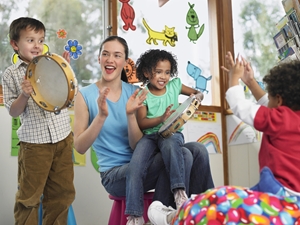Helping special education kids excel within the CCSS |
|||
 The waters of special education are difficult to navigate, and it seems that no one has a good map. However, schools and community programs have devised methods to make education accessible for all students, though some are more successful than others. Between alternate assessments and arts programs, educators are finding ways to ensure every child gets the education they need to start them off on the path to a bright future. Alternate testing options The Alternate Assessments come in a variety of forms, each of which are designed for a different level of need. For example, the Alternate Assessments Based on Alternate Achievement Standards are geared toward students with significant cognitive disabilities. Ideally, students will take the exam that best suits their needs and that will accurately test the knowledge they gained in school. Using arts for special education "The program is definitely designed to be integrated into the academic curriculum, but with the caveat that for many of our kids, the academic curriculum means something different," Jennifer Raine, the EASE curriculum designer, told Education Week. EASE has become increasingly popular in New York City, where the program was founded. The New York City school district received funding from the Department of Education to implement the program in 10 schools and to assess its success. So far EASE has not shared results, though the program seems to be a hit, as more schools have requested it. While devising effective special education programs is a challenge, Alternate Assessments and the EASE program seem to offer solutions that help students meet the Standards. |

|
||
